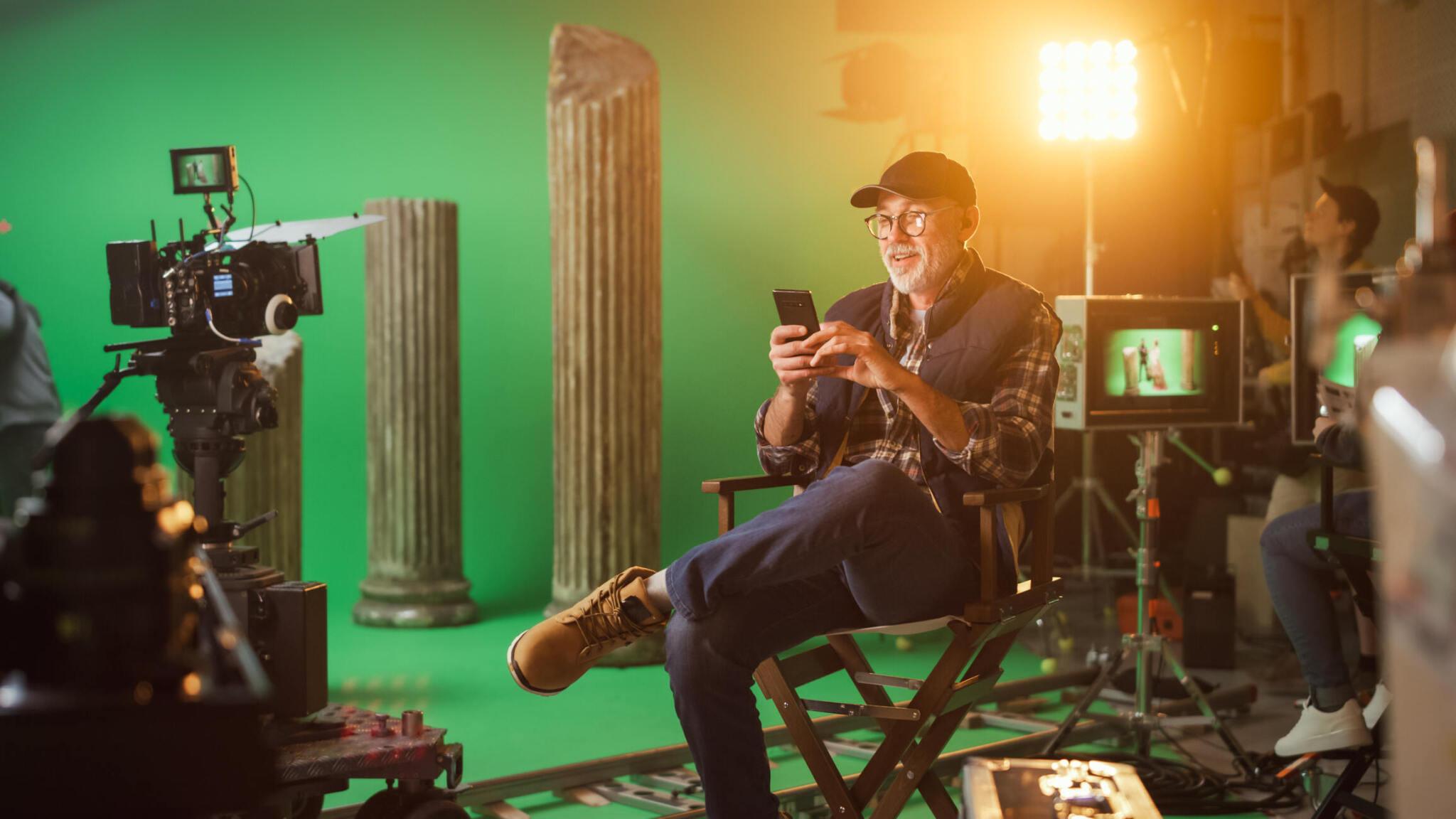The Fundamentals of Film Directing For Successful Cinematic Experience
Film directing is a complex art requiring technical expertise, creative vision, and effective communication. A film director is in the driver’s seat, so he is responsible for steering the entire production towards creating a cohesive and compelling narrative.

The Director’s Vision
The director’s vision is a creative concept that guides filmmaking. This vision incorporates the emotional tone, visual style, and thematic elements. Before a single frame is shot, the director must clearly understand the story they want to express and how they want to voice it.
This vision is the roadmap for the entire production, influencing the decisions regarding the cinematography, casting, set design, and more.
Mark Murphy Director, was awarded in 2016. ‘Awaiting’ was a horror film. The narrative surrounds a psychopath father, his naïve young daughter, and a traveling salesperson. The director’s vision was to create a haunting and reflective psychological thriller for the audience to reflect on – and he succeeded!
Script Analysis and Pre-production
Script analysis is a crucial task the film director has to do first. It involves thoroughly examining the screenplay to understand its –
- Structure,
- Characters
- Themes
- Overall narrative curve
The director must identify critical moments that require highlighting and determine the speed of the film. The analysis also serves as the foundation for making crucial decisions during pre-production.

The director collaborates with various departments during pre-production to bring his vision to life. It involves –
- Selecting a talented and suitable cast
- Working closely with the cinematographer to establish a visual style
- Coordinating with the production designer to create the film’s physical world.
Effective pre-production lays the foundation for a smooth and organized shoot.
Working with Actors
Working with actors means bringing characters to life, a crucial responsibility. The director has to build a strong rapport with the cast to ensure authentic and compelling performances.
Directors must see that the actors understand their characters, motivations, and relationships associated with the story. Techniques such as rehearsals and character discussions help to ensure that actors convincingly play their roles.
Communication is significant in directing actors. A director must convey their vision while encouraging actors to bring their versions and tones to the characters. Besides, offer constructive feedback and foster a collaborative atmosphere to ensure the performances resonate with the audience.
Cinematography and Shot Composition
Cinematography involves features like –
- Camera placement,
- Camera movement
- Framing
- Lighting
All the above features are essential to enhance the film’s overall aesthetic. Directors must understand the language used in cinematography to effectively communicate share their vision with the cinematographer and the crew.
Shot composition influences the spectator’s perception and emotional response. Directors must consider –
- Each shot’s framing
- The characters’ placement within the frame
- The use of visual elements to deliver information or arouse specific emotions.
These elements need careful organization for effectively conveying narratives visually.
Editing and Post-production
Once the filmmaking process is complete, the director looks into the post-production process.
- The director collaborates with the editor to refine the raw footage into a consistent and engaging storyline. It involves determine the film’s overall flow including pacing and timing.

- Directors also work with sound designers and composers to enhance the acoustic elements of the film to maximize the viewer’s experience.
Conclusion
A director is involved in every aspect of the film, from the initial stages of script analysis and pre-production to working closely with actors, cinematographers, and editors. By understanding film directing fundamentals, aspiring directors can create enchanting and memorable cinematic experiences for their audiences.



Average Rating